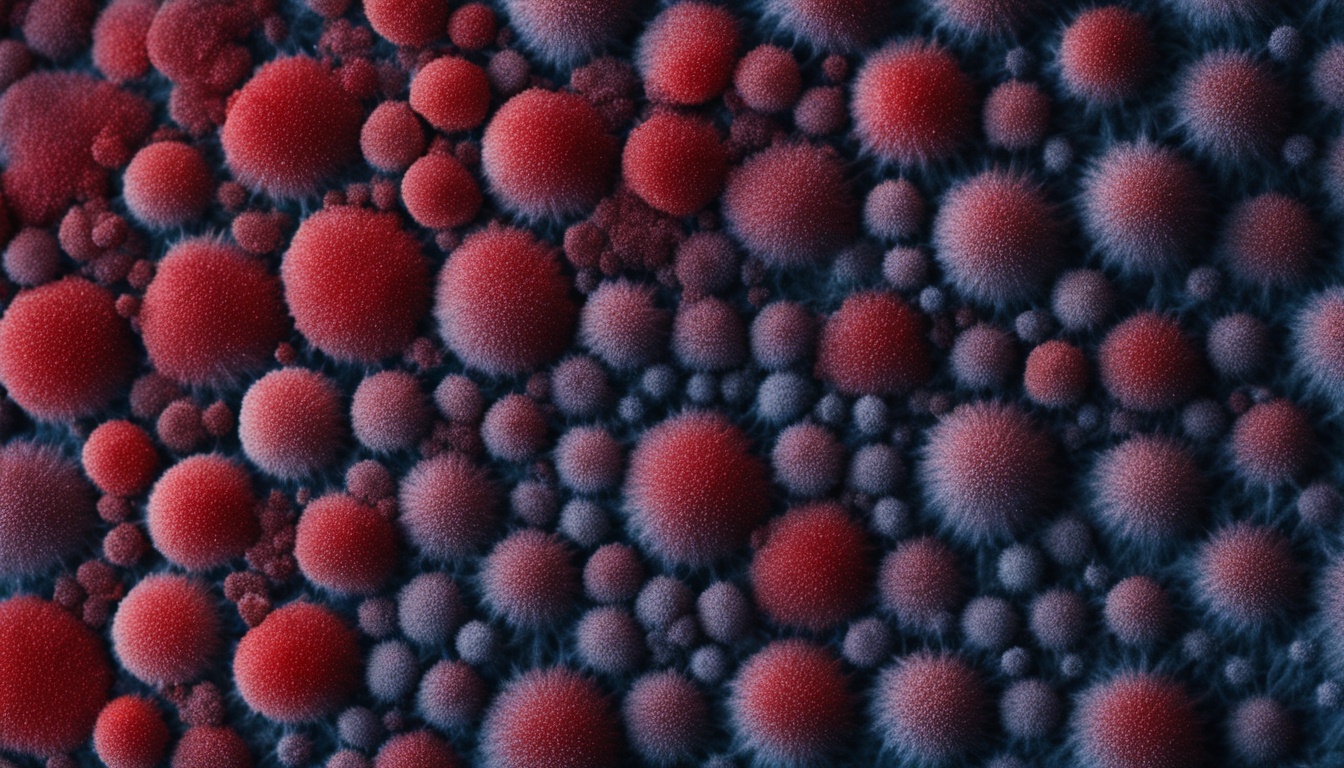Genital warts, also known as venereal warts, are caused by HPV, a common STI. In the U.S., about 79 million people are infected with HPV. Each year, there are approximately 14 million new cases. HPV can lead to certain cancers affecting over 31,000 people every year.
There is no direct cure for HPV, but its symptoms, like warts, can be treated. Treatments include over-the-counter items, such as salicylic acid products, and prescription drugs like imiquimod and podofilox. Other options are surgical procedures or therapies involving cryotherapy and laser treatment. It’s crucial to remember, while these treatments can remove warts, the virus may still be in your body and can be passed to others.
Early detection through screenings is key to stopping the spread of HPV-related cancer. Regular checks, including Pap smears for females, can find pre-cancerous cell changes early. DNA tests are sometimes used to check for high-risk HPV strains. If tests show abnormal cells, a biopsy may be needed to confirm the diagnosis.
Stem cell therapy is a promising approach for venereal warts treatment. Stem cells can transform into different cell types and help regenerate tissues. This therapy focuses on repairing the skin damaged by warts. In Thailand, specialists in regenerative medicine are leading the way in providing this advanced treatment.
Key Takeaways:
- Venereal warts, also called genital warts, are from HPV, a common virus.
- About 79 million in the U.S. have HPV, with 14 million new cases detected yearly.
- HPV can raise the risk of cancers that affect thousands annually.
- Treatments for venereal warts range from over-the-counter to surgical options.
- Early checks and constant screening are crucial to preventing HPV cancers.
- Innovative treatments like stem cell therapy are offering new hopes in Thailand.
Symptoms and Diagnosis of Venereal Warts
Genital warts are known as venereal warts. They lead to the growth of small, fleshy bumps or lumps in the genital or anal area. These warts can appear skin-colored, white, pink, or red. They can vary in size and look.
The warts mainly affect areas like the vulva, cervix, or penis. Other spots include the anus and groin. People might feel itchy, burn, or be uncomfortable in these areas. But, some who have HPV don’t show these symptoms. So, getting regular check-ups is very important.
Diagnosing venereal warts starts with a close look by a healthcare expert. They check for warts and look at their size and color. Some tests may also be needed to confirm the diagnosis and check for high-risk HPV types.
A Pap smear is one test that can find venereal warts and check cervical health. It checks cells from the cervix or vagina. DNA testing can also see if high-risk HPV is present.
If tests show something wrong, like unusual cells, a biopsy might be needed. A tiny tissue sample is taken for a closer look under a microscope. This sees if there are any pre-cancer or cancer cells.
Diagnosis Options for Venereal Warts
Health experts first look closely at the genital area to find warts.
Then, they may do a Pap smear. This test finds cell abnormalities and HPV.
They could also use DNA testing to check for high-risk HPV types.
If needed, a biopsy is done. It checks for cancer or pre-cancer cells in the sample.
Finding venereal warts early is key. Regular tests like Pap smears can help. They check for warts and high-risk HPV. This early check can lower cancer risks. It’s an important step to take care of your health.
Stem Cell Therapy for Venereal Warts Treatment
Stem cell therapy is a new way to treat venereal warts. It uses the power of stem cells to heal the skin that warts affect. With this advanced method, there is hope to get rid of venereal warts for good.
In Thailand, leading the way in regenerative medicine, you can find centers that offer stem cell therapy for warts. This treatment is changing the game for those with stubborn or coming-back warts. It brings new hope to beat this health issue.
But, there’s still a lot of research to be done on how well this method works and how safe it is. Before trying out this new treatment, it’s important to talk to a doctor who knows about regenerative medicine. They can help you understand the pros and cons of using stem cells for wart treatment.

